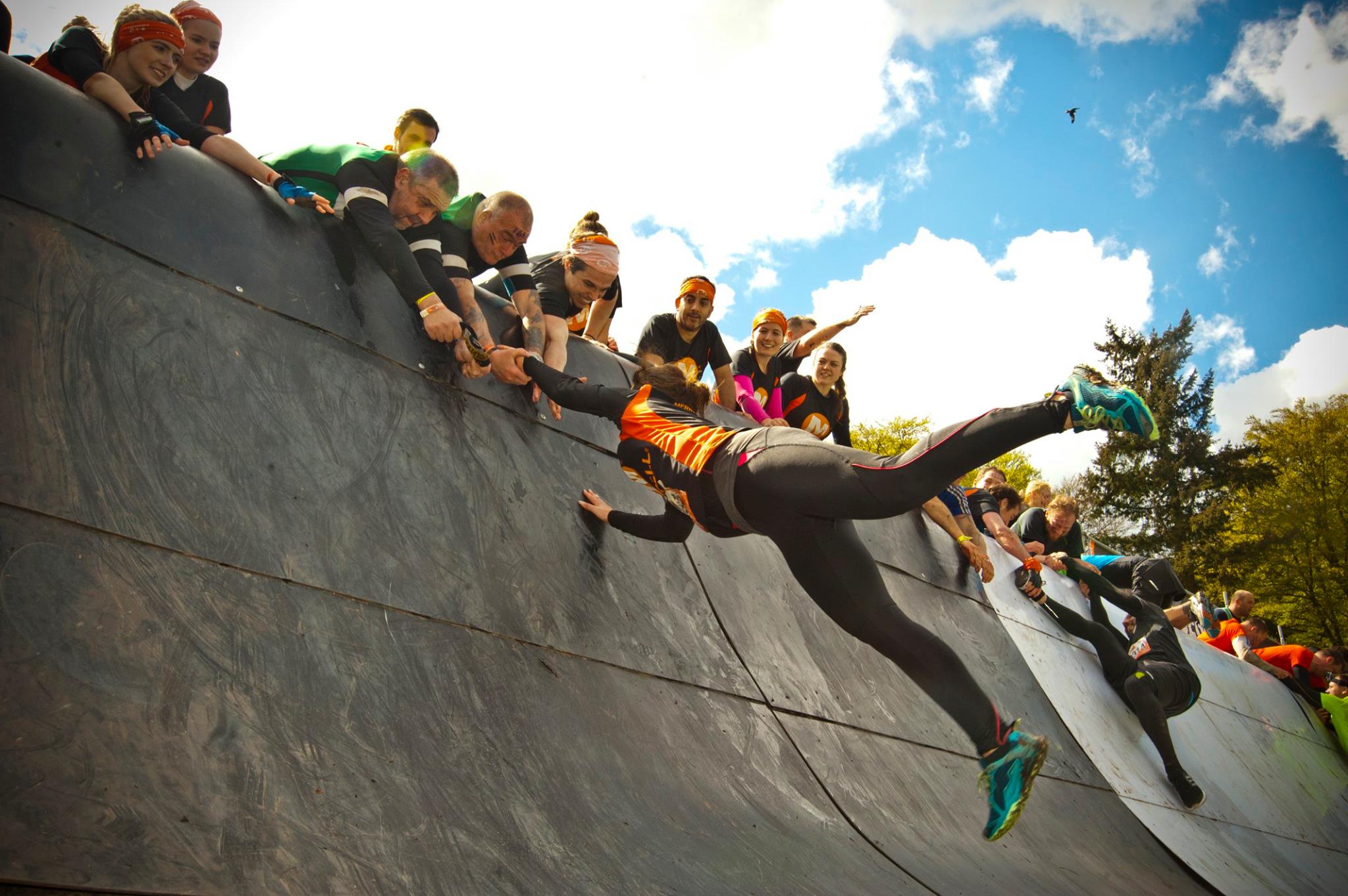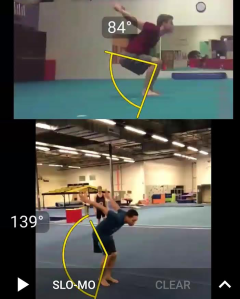Foreward: I’ve been in and out of online tricking forums since 2006. Terminology comes and goes, evolves and devolves. With regards to the rotation discrepancy in vert kicks, I was a big proponent of “who the heck cares”. I kept up with the lingo, learned and studied TKT to maximize accuracy, but realized it just didn’t matter to those tricking since practitioners agreed that a 9 is a 9.
My buddy, fellow Seattle tricker and local kick gun himself, Spicy Aj kept bringing up how vert terminology sucks and is completely disengaged with reality. I would try my best to explain the unwritten rules of tricking lingo and why things are the way they are, but only ended up convinced that there’s gotta be a better way. A lot of Aj’s ideas end up here in what I call the Grand Unified Theory of Tricking Terminology, #unifiedtricking. Enjoy.
– Jared, Mercenary Tricking
Crash Culture in Tricking
With so many trickers leaning toward the daredevil end of the risk-demeanor spectrum, I’d like to mitigate a lot of senseless crashing. Seriously, it’s 2019. We’ve got pits, resi mats, trampolines, and air mats. Even gymless tricking communities have sand pits, beach balls, diving boards, and mattresses. A slam here and there is fine, but it should not be the norm. Simply being ready for the skills you are attempting will do wonders for your longevity.
Continue readingThe Daredevil side of Methodical
What started as a discussion of why many trickers tend to be cut from the same cloth in regards to demeanor ended up going down a rabbit hole touching on coaching as well as trickng’s gender gap.
Let’s examine three classes of athlete demeanor from most risk tolerant to most risk averse:
- The Daredevil – Risk Taker
- The Methodical – Risk Neutral
- The Meticulous – Risk Averse
The Third Wall in Tricking

Tough Mudder wall by WellDoing
As a tricker you’ve gone through your ups and downs. There’s a reason not everyone tricks. It’s tough as hell and takes a lot of dedication to get halfway decent. There’s quite a few sticking points in a tricker’s timeline that I’ll refer to as walls. I’ll quickly characterize three distinct walls that you as a tricker may be going through or have already experienced first hand.
The First Wall
You see a video on youtube. It’s crazy ninja shit. It’s called tricking. Sure. You grab your buddies and drag them down to the gym to do flips ‘n kicks. It’s gonna be awesome! Freeing! Hardcore! You get there and fall on your head six thousand times. Damn. It’s hard. You get a few tricks—barely. You look like you’re testing rag doll physics and getting pretty beat up. People cringe. Your friends call you the parkour with kicks guy. You’re embarrassed to trick in public. This is what I call the first wall of tricking. Tricking has a steep learning curve and until you break this first wall, social pressure is against you as well.
- The First Wall: Tricking’s steep learning curve and social pressure before you actually do anything cool.
Tricker backflips vs. Gymnast backflips
- Self-taught Trickers tend to squat a bit lower to allow strong leg muscles to drive an explosive movement
- Gymnasts are trained to use a more elastic movement which requires very little knee bend and is more similar to tumbling passes
Euro the Gap (no slants, no trampolines)
Learning a backflip took me a year. After that, learning a straight gainer took a couple days. After I learned cork a month later, I lost true backwards gainers for years. The process back then was flawed and looking back at it now I would do it a little differently. I love the slant and gradual invert method as much as the next tricking instructor but come on. We can do a little better for the next generation.
Equipment:
- A ledge with a pit, mat, or sand
- A cone, mat, or other marker
- Spotter
Pre-requisites:
- Back flip on the ground
- Single leg bounding to guarantee strength in the euro step through a single leg take-off
Am I Ready to Dub? The .65s Conjecture, The .65s Theorem, and the Surface-to-Surface Corollary
Disclaimer: The .65s Theorem does not guarantee that a dub attempt at around .65s will be successful. You should have the aerial awareness and decent twisting technique before you attempt your first dub on any surface. HOWEVER, if you have a decent dub already under your belt and are hunting new dubs or new dub set-ups, the theorem will give you a pretty good estimation of whether or not you are ready to make an attempt.
4P (4): Physicality
Physicality in Tricking:
Every professional athlete undergoes intensive training for the body in and out of their sport. Whether it’s running, circuit training, lifting weights, or otherwise, the idea is to condition the body for the best possible edge in performance.
If effective technique includes all the right shapes, angles, and timing to perform skills, then physicality is the strength, mobility, and uninjured-ness that allows the body to achieve effective technique. Continue reading
4P (3): Technique
Disclaimer
“Knowing is not enough, we must apply. Willing is not enough, we must do.”
Bruce Lee
Knowledge of technique is useful for the analytical tricker and imperative for tricking coaches. Remember however, that technique must be trained, not simply understood. Continue reading
4P: (2) Momentum
Have you ever seen a freak athlete jump and think, “Man, if that guy started tricking, he would easily destroy worlds!” Take anyone who is remotely athletic and they will be able to learn any single basic trick. They are strong enough to do so. But as we see all around, strength alone is not enough to make a decent tricker. Continue reading


